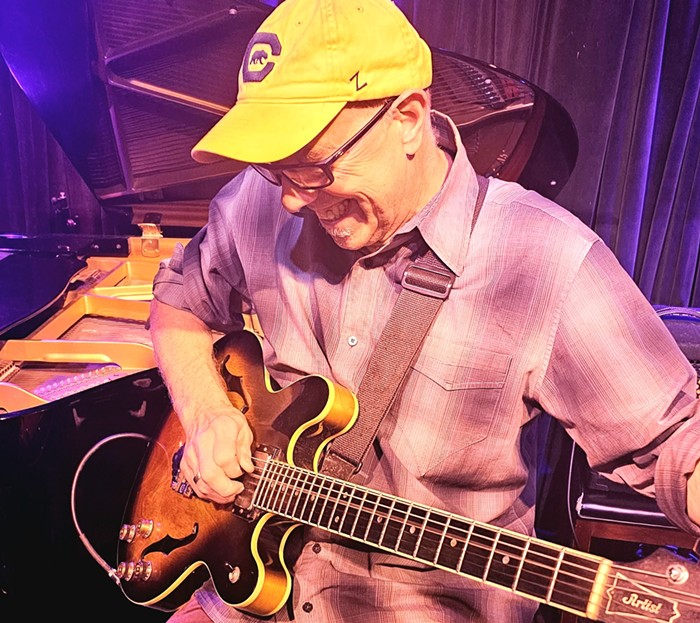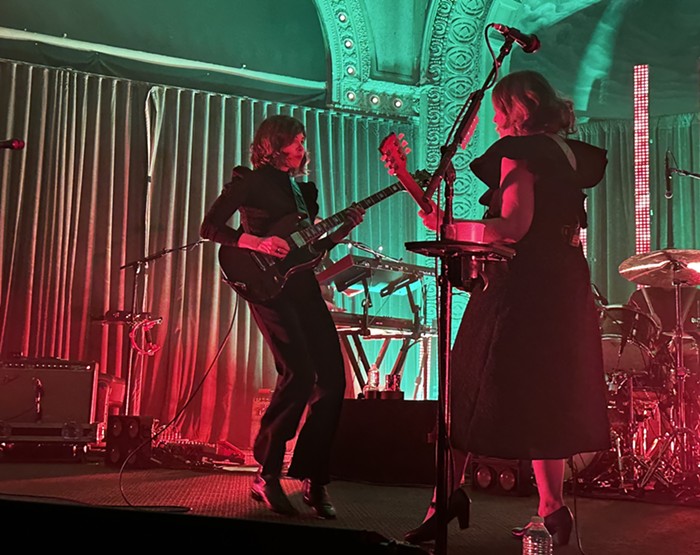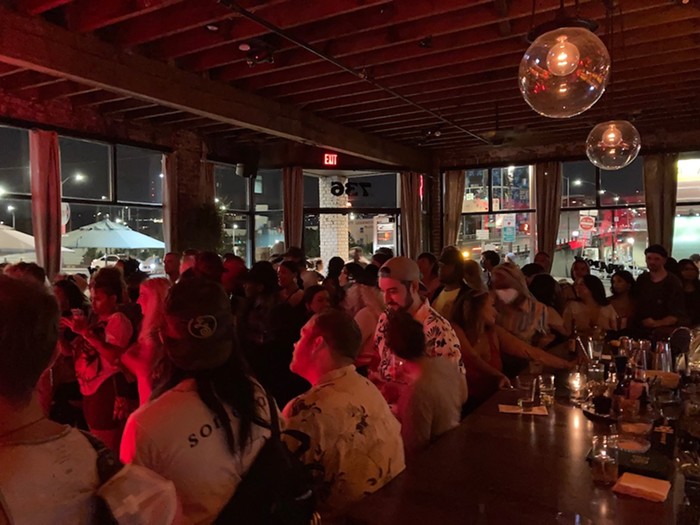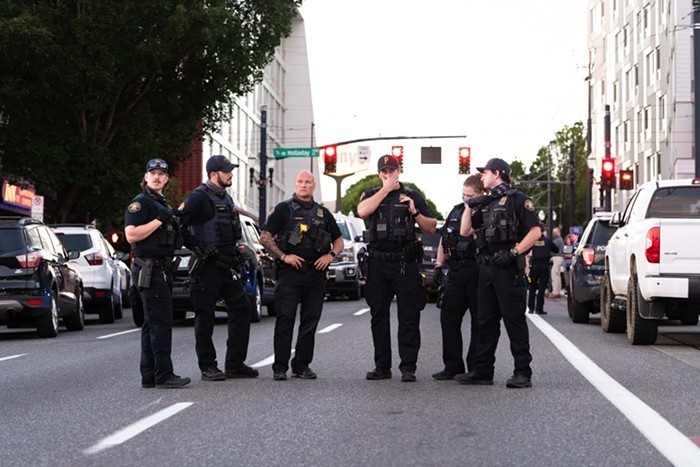The turn-of-century New Rock City hype—which hinged on the sudden restoration of New York cool and the above-ground anointing of garage rock—made the world safe for guitar bands again. So the current official rockist story goes: The cultural moment crested by the Strokes and the Yeah Yeah Yeahs—crucially cued across the Atlantic by the UK music press sniffing around these "The" bands—begat the Kills, who are, after bubbling under for several seasons, now enjoying a place in the sun on the strength of their fusion of garage, glam, lo-fi, noise, and dance. With the recent release of the duo's rather ballyhooed third album, Midnight Boom—which, interestingly, features a cut titled "What New York Used to Be"—there has been yet another round of triumphal trumpeting about the "return of rock" from the Kills' critics and consumers alike.
Being long alienated from the indie realm and, despite my work, virtually impervious to the unctuous hype the UK music press traffics in, my introduction to this Anglo-American duo came via the style arena, not the sonic one. For the past year-and-a-half or more, fashion magazines—from Vogue to the edgier inheritors of former UK style bible The Face—have circled like vultures around the Kills' Alison Mosshart and Jamie Hince, citing their performances at European catwalk shows, their relatively monochromatic throwback hipster look, and—particularly at present—their fortuitous romantic entanglements with broken London power couple Kate Moss and Jefferson Hack.
So it was with trepidation that I accepted the post-SXSW recommendation of a friend's colleague who raved about the Kills and played up their purported resemblance to my most beloved Royal Trux. Midnight Boom only displays fleeting, superficial linkage to that dear departed pair amidst the shouts of opener "U.R.A. Fever." While tension reified by fan prurience may sustain the Kills, neither player rivals the Trux couple's individuality or experimental rigor. However, Hince and Mosshart do have similar relationships to black culture, doubtless shored up by her tangled Gulf Coast roots and his coming-of-age amongst a renaissance of British Invasion hegemony.
Race tends to be ignored in the above-cited official story of garage rock's early 21st century pop dominance. Ironically many of this movement's icons and satellites—TV on the Radio, Bloc Party, the YYY's Karen O, and defectors Kimya Dawson and Devendra Banhart—have denied, or side-stepped, their races in the indie buttermilk, even as scene king Jack White and his hallowed duo the White Stripes have dealt in hyper-whiteness. In titling their disc Midnight Boom, a reference to Jack Kerouac's The Subterraneans, the Kills make plain their allegiance to African-centered cool, following the Beats' reliance on jazz as soundtrack to Nubian intellectual shadowboxing.
Then there's the Jack White-ish formalism applied to the project, recorded both at London's Toe Rag Studios—where only pre-'67 analogue gear is employed—and in (roughly) 93% black, riot-blighted Benton Harbor, Michigan, using Sly Stone's former mixing desk for sonic purity. Midnight Boom's repetitive, chant-like tracks incorporate call-and-response elements and are tethered to menacing guitar swirl and white negro hipster 'tude. This does not obscure the African origins of the music. It's just interesting that the fashioning of modernism in the twenty-first century is still so reliant on such an ol' skool one-way transference of power.


















